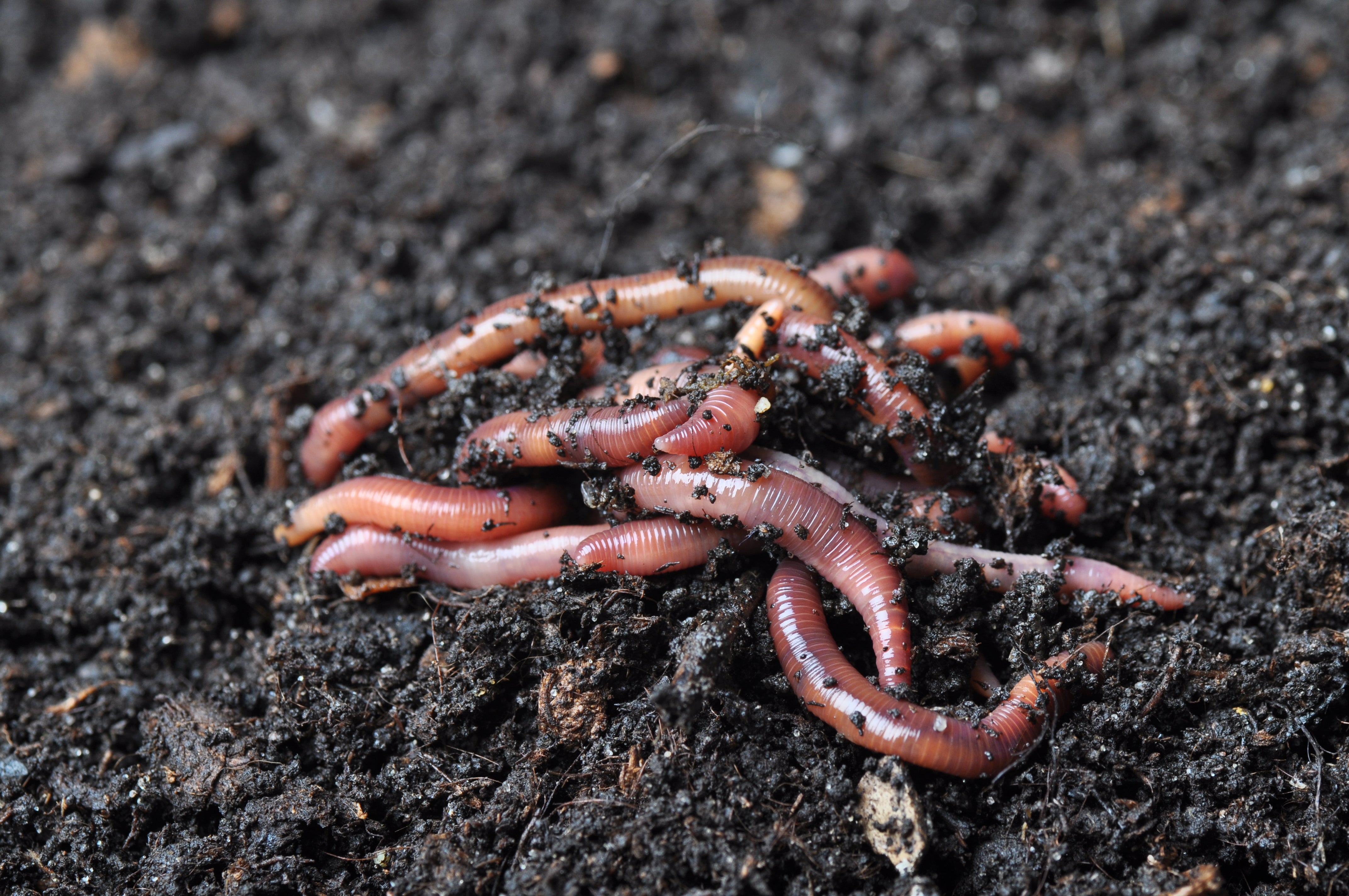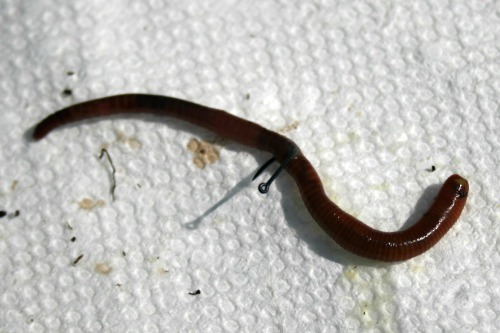Red Wigglers: The Unsung Heroes of Organic Waste Recycling
Red wigglers, or Eisenia fetida, function as important representatives in the natural waste recycling procedure, transforming thrown out products into beneficial vermicompost. Their efficient break down of natural matter not only boosts dirt high quality however also adds to sustainable waste management methods. As the world progressively seeks remedies to battle waste buildup and improve farming performance, comprehending the role of these worms comes to be essential. What systems permit them to thrive in garden compost environments, and exactly how can they be efficiently made use of in both domestic and business settings? Checking out these questions reveals the broader effects of vermicomposting in our eco-friendly landscape.
What Are Red Wigglers?
The impressive resilience of red wigglers, scientifically understood as Eisenia fetida, emphasizes their critical role in organic waste recycling. These small, reddish-brown earthworms are usually discovered in disintegrating natural matter, such as garden compost stacks and manure loads. Lake Hickory Bait. Unlike various other earthworm species, red wigglers prosper in nutrient-rich environments and are extremely reliable at breaking down organic products, making them essential for vermicomposting

(Red Wiggler Express)Along with their function in waste decrease, red wigglers contribute to soil health and wellness by enhancing dirt framework and oygenation through their delving activities (Lake Hickory Bait). Their visibility in composting systems not just improves disintegration prices but also advertises a lasting strategy to waste management, highlighting their value in ecological preservation initiatives
Advantages of Composting With Worms
Composting with worms, particularly red wigglers, supplies numerous benefits that boost both waste monitoring and soil health. Initially, these worms effectively break down organic waste, converting it into nutrient-rich vermicompost that enriches dirt. This procedure accelerates decay, permitting a much faster recycling of cooking area scraps and various other organic products compared to standard composting methods.
Additionally, the vermicompost created by red wigglers is brimming with advantageous bacteria, which aid boost soil framework, oygenation, and moisture retention. This improves the total health of plants, promoting vigorous growth and increased yields in yards and agricultural settings. The use of worms in composting reduces the production of greenhouse gases, such as methane, contributing to a more sustainable waste management system.

Exactly How to Beginning Vermicomposting
Developing a vermicomposting system is a straightforward procedure that can generate substantial advantages for both waste administration and dirt enrichment. To begin, choose a suitable container, such as a plastic bin or wooden box, with ample air flow openings to guarantee proper air flow. The dimensions ought to ideally be about 2 feet by 3 feet, enabling adequate space for the worms to thrive.
Next, prepare bed linens material, which can be composed of shredded newspaper, cardboard, or coconut coir. This bed linen needs to be dampened to develop an ideal environment for the worms. Once the bedding remains in location, present red wigglers (Eisenia fetida) into the bin, generally around one extra pound of worms for every square foot of surface.
Following the placement of worms, add organic waste, such as vegetables and fruit scraps, coffee premises, and crushed eggshells. Avoid adding dairy, meat, or oils, as these can produce odors and attract pests. Position the container in a shaded, temperature-controlled location to maintain ideal conditions for worm task. With these steps, you will effectively initiate a vermicomposting system that adds to sustainable waste administration and enriches your dirt.
Maintaining a Healthy And Balanced Worm Container
(Red Wiggler Express)Maintaining a worm bin flourishing calls for normal attention and like guarantee the wellness of the red wigglers and the performance of the composting procedure. Correct maintenance begins with monitoring the moisture levels; the container needs to be moist however not saturated. A great general rule is to maintain an uniformity similar to a wrung-out sponge.
Aeration is vital. Gently mixing the bedding and food scraps every couple of weeks avoids compaction and makes sure that all worms have access to oxygen. Additionally, it is necessary to feed the worms properly. A well balanced diet plan of vegetables and fruit scraps, coffee premises, and crushed eggshells ought to be provided in moderation to prevent overfeeding, which can bring about smells and pests.
Temperature level law is one more crucial aspect. Red wigglers flourish in a series of 55 to 77 degrees Fahrenheit. If the container comes to be as well hot or cold, the worms might come to be stressed - Lake Hickory Bait. Last but not least, occasionally look for signs of wellness, such as worm populace development and the visibility of healthy and balanced spreadings. By vigilantly taking care of these variables, one can preserve a robust and effective worm bin.
Effect On Sustainable Living
The successful maintenance of a worm bin not only profits the health and wellness of red wigglers yet also contributes considerably to sustainable living techniques. By reusing natural waste, such as kitchen scraps and backyard particles, red wigglers help divert significant quantities of material from garbage dumps. This reduction in waste not just reduces greenhouse gas exhausts yet additionally minimizes the environmental problem connected with waste management.
In addition, the spreadings created by red wigglers act as a nutrient-rich natural fertilizer, boosting soil health and advertising plant development. This all-natural choice to chemical fertilizers supports sustainable agriculture and gardening practices, lowering dependence on artificial inputs that can damage ecological communities. Additionally, worm composting cultivates understanding of waste monitoring, motivating people and communities my response to take on even more lasting behaviors.

Verdict
In summary, red wigglers offer as crucial factors to organic waste recycling with their efficient disintegration of organic products. By incorporating vermicomposting right into waste management approaches, people and areas can significantly decrease waste while promoting environmental sustainability.